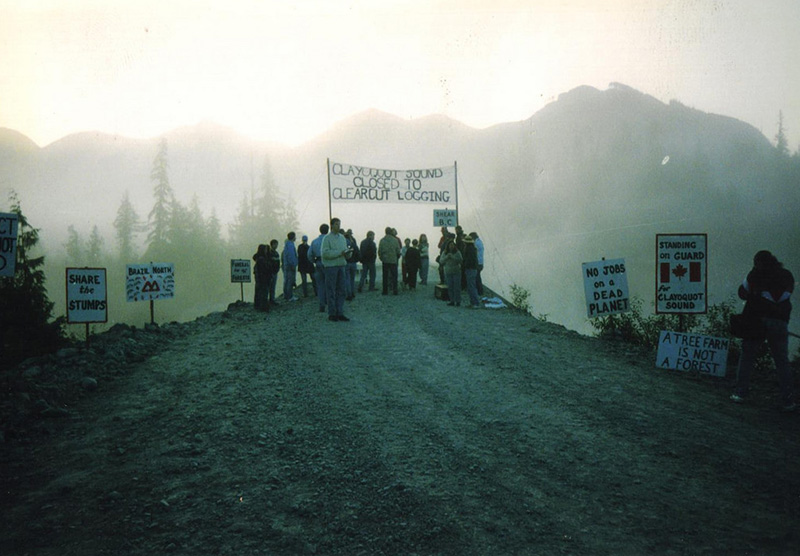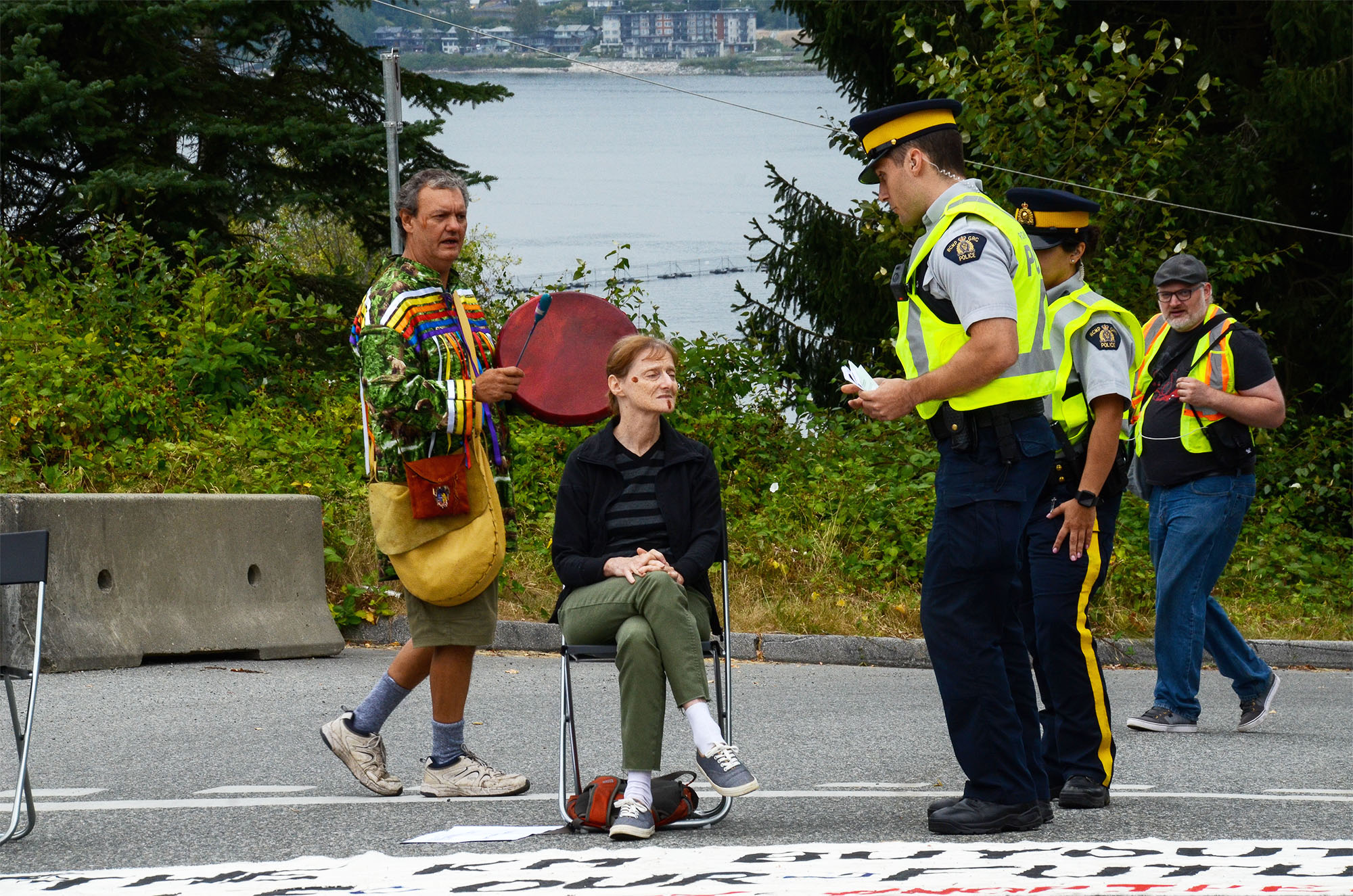In June, six people protested against the Trans Mountain pipeline expansion by hanging for more than 24 hours from the Ironworkers Memorial Bridge in Metro Vancouver.
Similar protest stunts occurred in Montréal and in London. In recent months, more than 200 people from various backgrounds have been arrested for civil disobedience, primarily for blockading the entrance to the Trans Mountain pipeline facilities in Burnaby, B.C. These spectacular protests have garnered a great deal of attention.
Why do people participate in actions like these? What are the implications of these types of protests?
Civil disobedience refers to actions in which people consciously break the law, in a peaceful non-violent manner, in order to highlight unjust situations. Arguments for civil disobedience can be found in the writings and teachings of Henry David Thoreau, Mohandas Gandhi and Martin Luther King, Jr.
Civil disobedience has precedents in Canada, the United States and elsewhere. Non-violent civil disobedience played a prominent role in the U.S. civil rights movement. An iconic image from this period was the photo of Rosa Parks sitting in the front section of a bus and refusing to move.
This summer is the 25th anniversary of a high-profile protest over the clear-cutting of old-growth forests in Clayoquot Sound on Vancouver Island, where more than 900 people were arrested for peacefully blockading logging roads.
John Cashore, who was the province’s NDP environment minister at the time, spoke to the Victoria Times Colonist in 1992 during an earlier protest against the clear-cutting.
“Coming out of my ethical and theological perspective, I’m a person who looked upon Martin Luther King as a hero,” Cashore said. “Now I find myself in government and being on the other side of some of those actions I find, deep within me, a real challenge to work through some of those feelings.”
Since then, no large-scale industrial logging has taken place in Clayoquot Sound.
While details differ, there are parallels between the Trans Mountain and Clayoquot Sound protests. Some of the key organizers of the Trans Mountain protests were also involved in the Clayoquot demonstrations and draw upon lessons learned there.
Over the past 25 years, we have conducted research on environmental protests. In the context of the Trans Mountain expansion opposition, it’s useful to revisit earlier protests.

In a survey of members of one of the main organizations involved in the Clayoquot Sound protests, one question delved into the effectiveness of different tactics. About 50 per cent indicated that they thought blockading logging roads “greatly helped the cause,” while 42 per cent indicated they thought it “somewhat helped the cause.”
In interviews, we asked activists whether civil disobedience helped the cause. This response was typical: “Yeah. I do. Oh, I think for sure it did in Clayoquot.... If they hadn’t done it, I mean, there wouldn’t be anything left there.”
By contrast, only 1.5 per cent of the activists interviewed thought that illegal protest involving property damage that falls outside the scope of civil disobedience, such as vandalizing forestry equipment or bridges, “greatly helped the cause.”
While there was wide support for non-violent, peaceful disobedience, few people supported direct action that involved property damage. Given the emphasis the Trans Mountain protest organizers have placed on non-violent action, and the fact that demonstrations have included people like Indigenous elders and seniors, religious leaders and elected politicians, we would expect similar sentiments to prevail moving forward.
Civil disobedience is thought to be effective because it often leads to media attention, which in turn can affect public opinion. A reporter we interviewed emphasized this dynamic.
“The only tactic that worked would be lying across a logging bridge.... Civil disobedience actually. Much better than a press release.... We’re storytellers in the media. We respond to drama. We want to share drama. We want to share our curiosity and there’s nothing like a gathering of Canadians who will put down their bodies between the tree and the machinery.... People went to jail, and to court.”
Civil disobedience seems to resonate more with the public when the protesters do not fit stereotypes.
A dominant stereotype of environmental protesters is that of young men who look like “hippies.” By contrast, successful protests have often employed elderly protesters (like 70-year-old Laurie Embree, who was arrested in June at the Trans Mountain expansion site), or people who look like everyday suburbanites.
In considering protests from the 1980s and 1990s, one reporter we interviewed stated: “Why were they effective? I’m thinking of First Nations and button blankets and elders, blockades of people throwing bodies in front of tractors.”
Civil disobedience can be effective at producing media coverage, public support and political pressure. Based on the success of the Clayoquot protests 25 years ago, we can expect the Trans Mountain pipeline expansion protest movement, and its related civil disobedience, to continue.
![]()
![]()
Read more: Rights + Justice, Politics, Environment















Tyee Commenting Guidelines
Comments that violate guidelines risk being deleted, and violations may result in a temporary or permanent user ban. Maintain the spirit of good conversation to stay in the discussion.
*Please note The Tyee is not a forum for spreading misinformation about COVID-19, denying its existence or minimizing its risk to public health.
Do:
Do not: